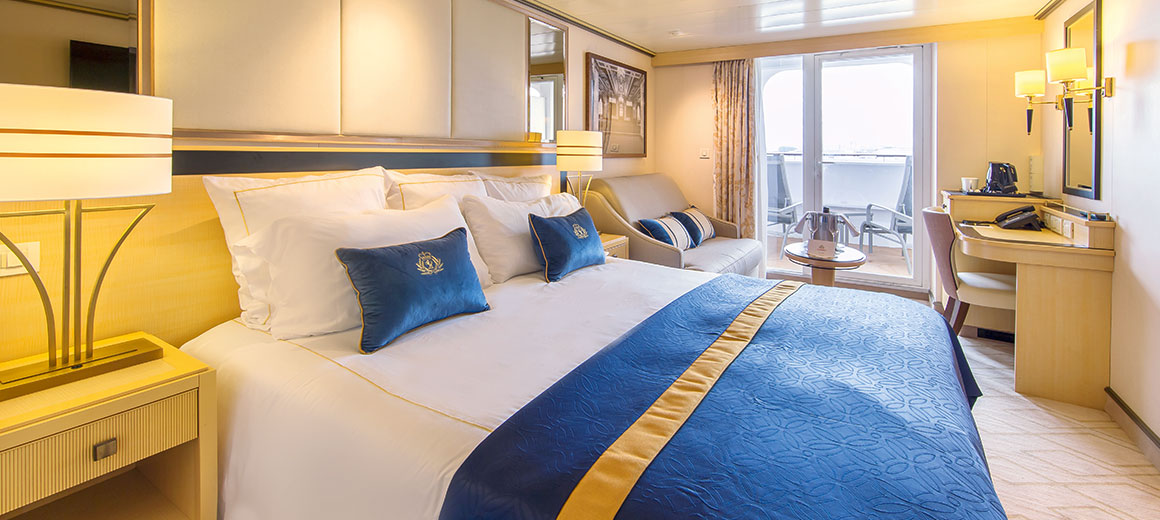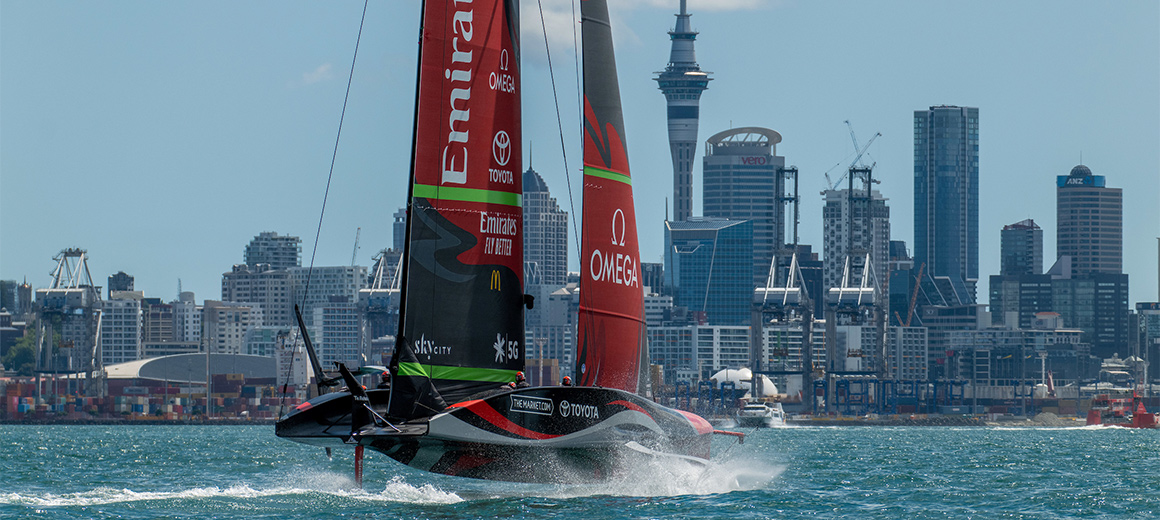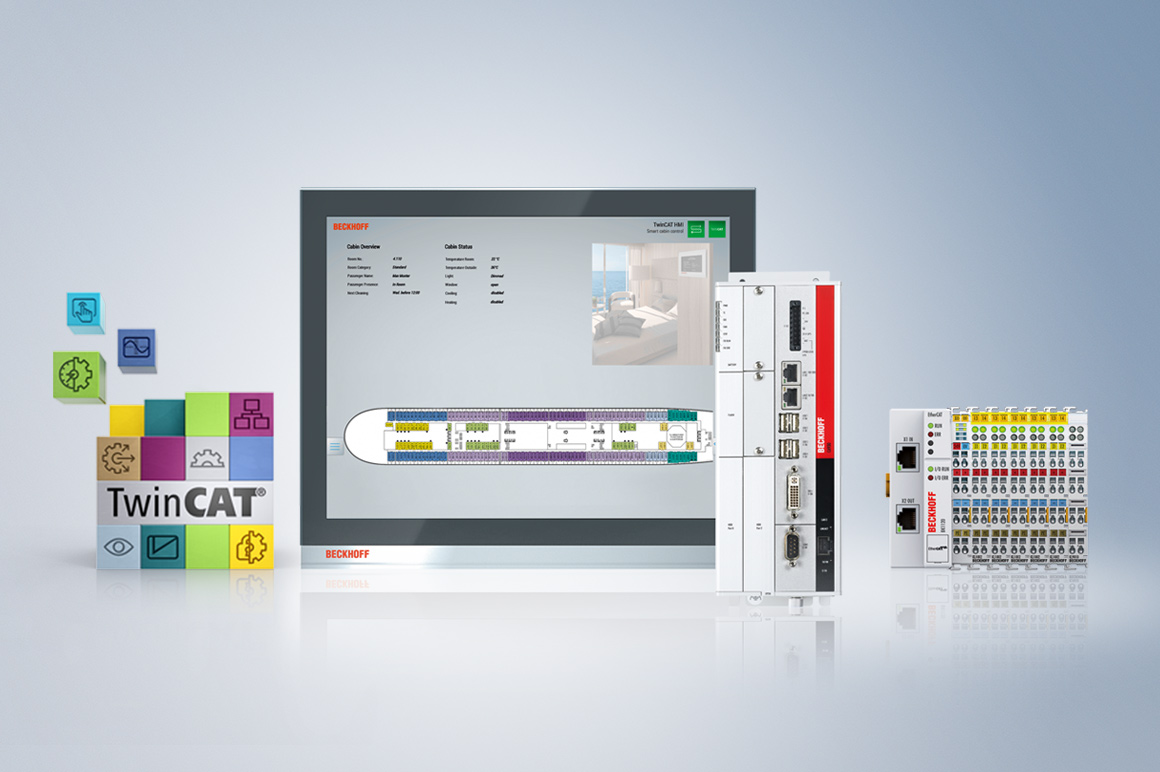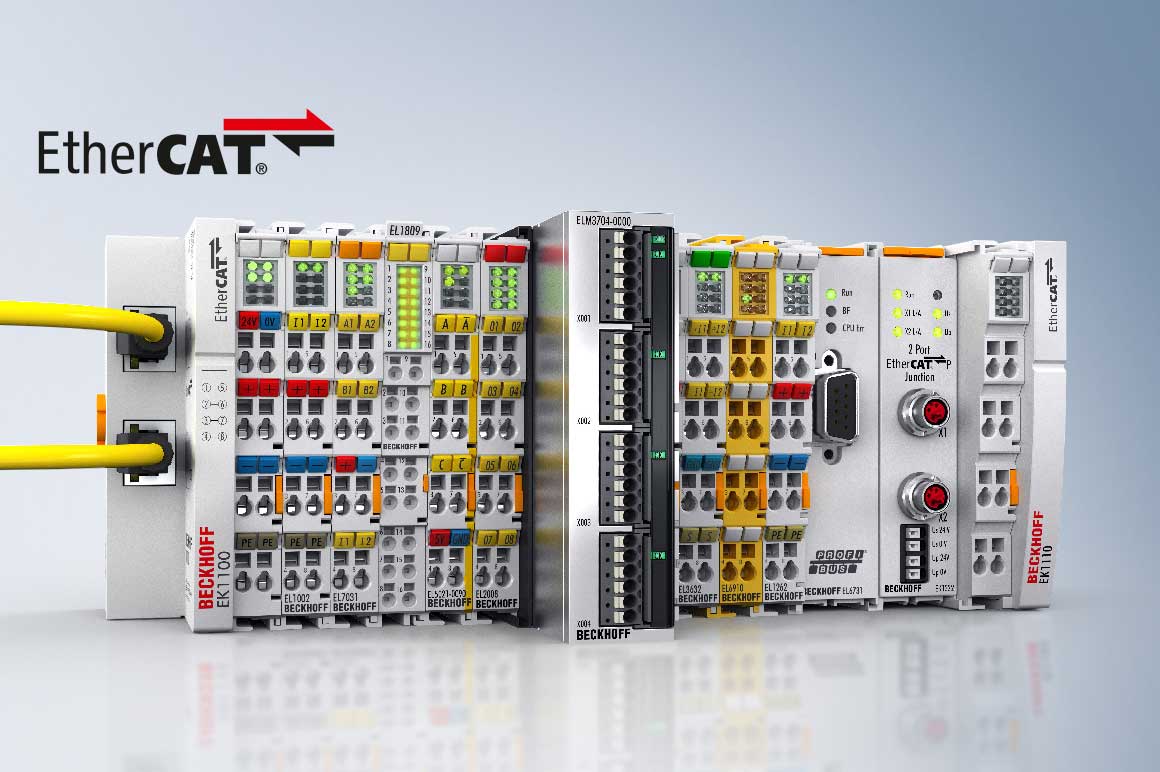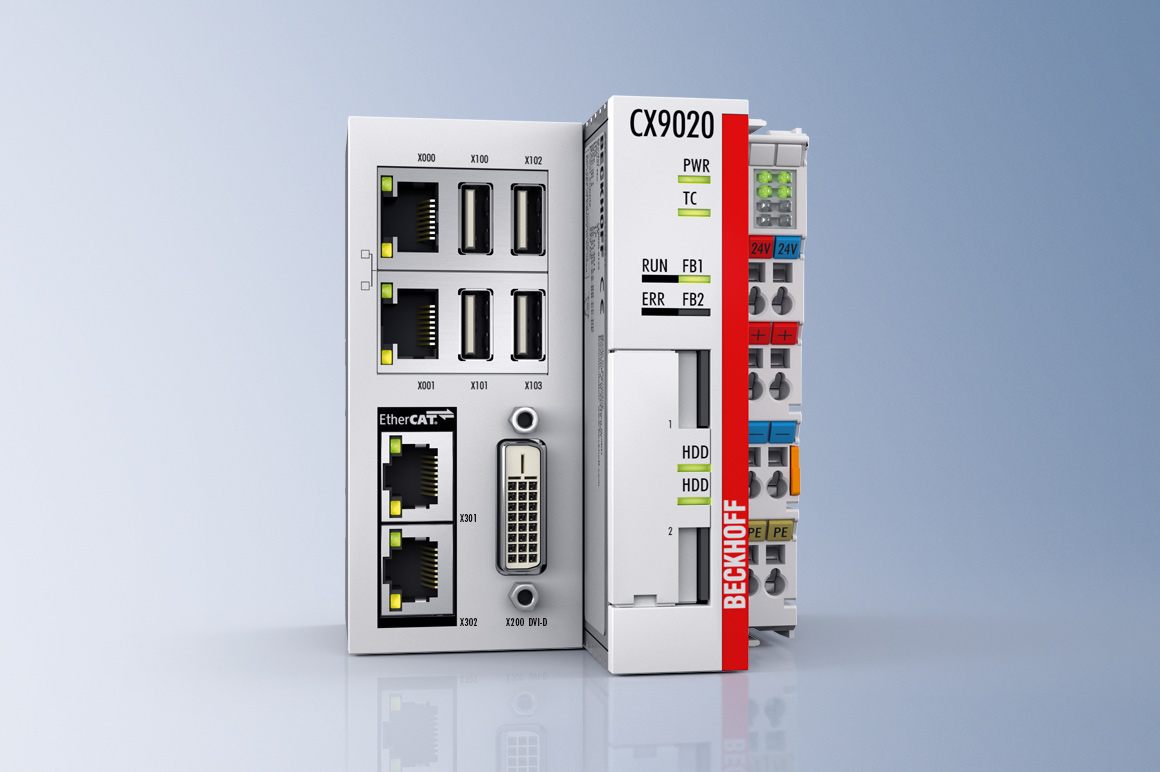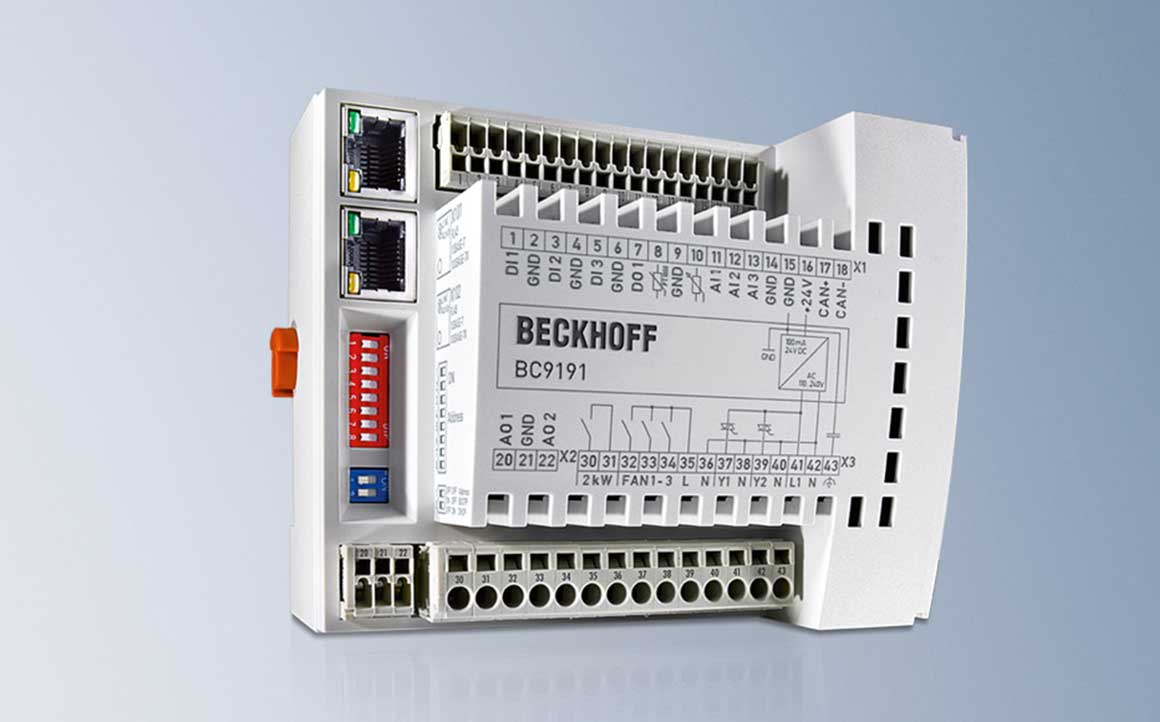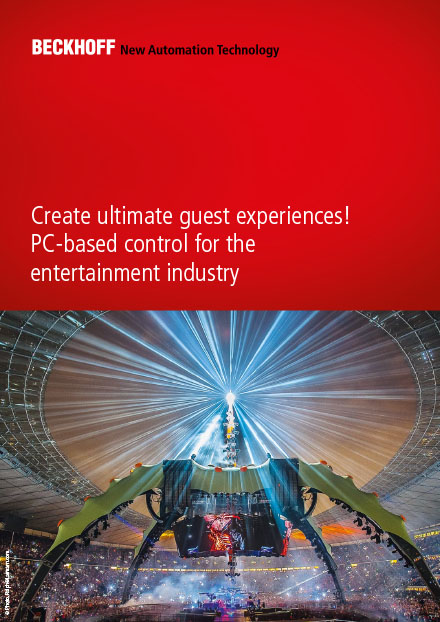A universal automation solution for the marine industry
With their gigantic proportions and complex infrastructure, modern cruise ships are aptly nicknamed “floating cities” – which makes for some tough automation requirements. The vast array of control tasks includes everything from maneuvering the ship, generating and distributing energy, managing the water supply and wastewater, handling the garbage, and cleaning the ballast tank right through to controlling the HVAC, lighting, and entertainment equipment. However, regardless of a ship’s type and purpose, automation also has a key role to play when it comes to implementing efficient and sustainable energy solutions and making ships digital.
Thanks to its modularity and open interfaces, our PC-based controller represents the ideal integrated automation platform for the vast array of control, monitoring, and digitalization tasks. We offer you a choice of Industrial PCs, Embedded PCs, and I/O modules that can be scaled with regard to their performance and design to suit any budget and requirements. Processes can be visualized with ease using TwinCAT HMI. Based on HTML5, the software supports all the latest web browsers. Our product range also includes the software you need to carry out monitoring and analysis, allowing you – for example – to transfer data to cloud-based data stores using IoT protocols and then analyze it with the TwinCAT Analytics Workbench.
Shipwide system integration to increase energy efficiency and harness synergies
Modern automation systems for yacht and cruise ship suites and cabins have a vital role to play in reconciling the competing demands of energy savings and maximum comfort for guests. As well as expecting the perfect temperature, air quality, and lighting inside their suite or cabin, guests also want to be able to interact intuitively with the space. Our PC-based control is the ideal platform for that, as it allows you to integrate the controls for all the ship systems involved: from energy-efficient fan control and dimmable lighting control right through to the control of audio and video equipment. Another important feature is the cabin control’s ability to interact with the housekeeping and hotel booking systems for maximum guest satisfaction.
Beckhoff technology allows the temperature inside the cabin to be controlled in various ways. For instance, it is possible to have the cabin controller communicate directly with the fan coil unit – or, alternatively, you can opt for our modular I/O system for energy-efficient fan and valve control. Using an integrated PC platform to link the cabin controller and ventilation system allows the temperature to be controlled precisely according to demand while also cutting energy consumption in the process. At the same time, it reduces the number of systems and hardware components required. What’s more, intelligent valve drives transmit status information to the cabin controller and, if necessary, alert the crew about alarms or when servicing is required.
Lighting control on a cruise ship is extremely important, not only for the safety of the passengers but also to create a sense of well-being. Passengers take it as a given that they will be able to customize the lighting conditions in their cabin or suite by changing the intensity and color of the light. With PC-based control, you can be confident of always having the right lighting control method for your needs. Either use digital and analog output terminals to control your LED lights directly or, alternatively, opt for the fieldbus interfaces that are available for DALI-2 or DMX. As an experienced building automation partner, we make sure our range includes the right interfaces for controlling any light fitting. The integration of devices and systems from third-party suppliers is equally important to the crew and the guests. The crew needs to have all the operational and cabin occupation data at their fingertips so that they can provide passengers with a smooth experience and optimum service during their stay on board. The tour operator can use cruise apps to deliver all the latest information about the ship, events in progress, or onshore offerings to passengers’ smartphones. Our PC-based yacht, suite, and cabin control system supports all the latest standardized IT and IoT technologies to enable integration and interaction with the cruise operator’s other software. This means, for example, that guests are able to interact with the cabin control system via their smartphone or tablet to enjoy perfect service.
The ultimate yacht experience
Our PC-based control technology is also more than capable of handling various control tasks on yachts: from controlling the pumps, valves, winches, and Azipod® propulsion system, and generating and monitoring the use of energy, right through to HVAC, lighting control, AV integration, visualization, and voice control tasks. Suitable I/O terminals and PLC functions are available for all control functions, which is the key to efficient and reliable programming. With TwinCAT HMI, all of a yacht’s control functions can be visualized on a single platform.
And thanks to the modular and scalable design of our components, the yacht’s automation system can be individually tailored to the specific requirements. To enable communication with other systems, the relevant protocols are built in. The integrated automation system found on yachts is similar to the one used on large cruise ships. And passenger comfort is also just as important on yachts – this means things like personalized lighting and temperature control or the ability to control AV systems and interact with the crew.
